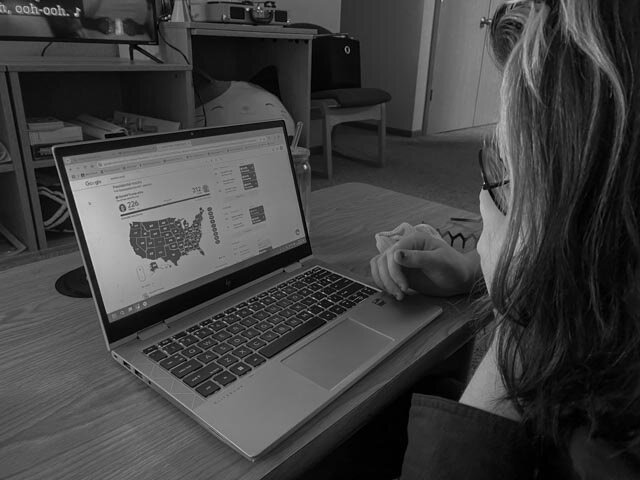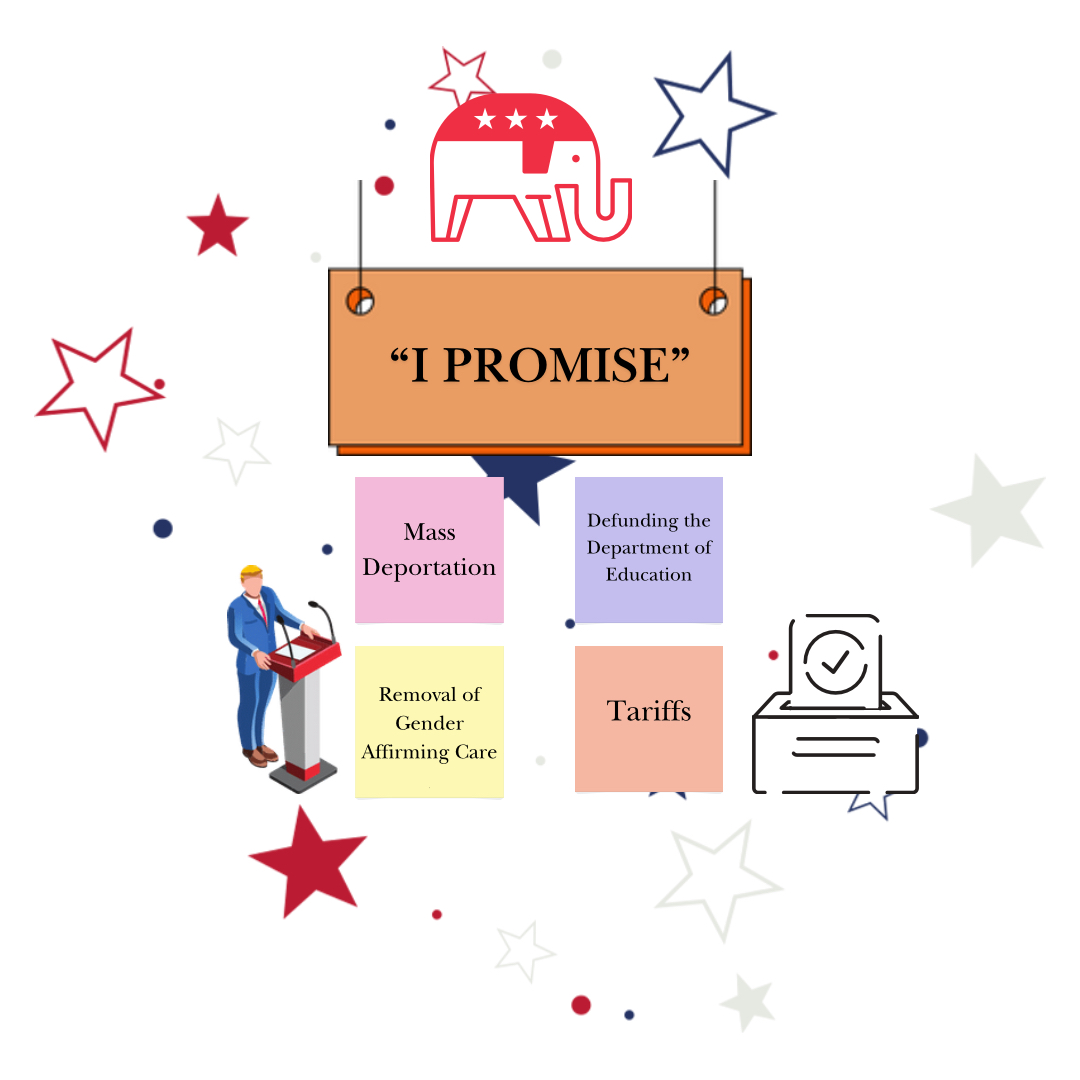Julia Sand/Winonan
The “Lunch with Barbie” event last week centered on awareness for eating disorders and the unrealistic, size 0, perfect Barbie figure women often feel pressured to have.
Winona State University group FORGE (Fighting for Our Rights and Gender Equality) held the event to raise awareness on harmful body images in our society, joined by one of the most iconic women herself: life-sized Barbie.
Ellen Mikesh, FORGE leader, said Barbie was important to spotlight. Mikesh said she is an icon that young women are interacting with at young ages, thinking this is the true beauty ideal.
“We need to reclaim what is normal, what is healthy, because eating disorders are becoming more of a problem,” Mikesh said.
Tamara Berg, director of the women’s and gender studies department at Winona State, said focusing on healthy eating and attitude habits are what matter— not stressing about eating a bite of cake.
More than 25 students were welcomed with the choice of cheesecake or red velvet cake: delectable, sweet and savory desserts, packed with calories. No one cared. No one counted calories.
Every discussion attendee in the room seemed to enjoy every last bite of cake, except the guest of honor, Barbie.
She stood 6’ tall, 39” bust, 19” waist, 33” hips, weighing a whopping 110lbs. For a better visual image, Barbie’s bust far exceeded her waist because, technically, Barbie would be considered anorexic. Her jeans barely hugged her waist; Barbie, in heeled-boots, wasn’t beautiful: she was disproportioned and looked uncomfortable and in pain in every way possible – even if she was constructed of papier-mâché.
If Barbie were real, she would probably not have a menstruation period and would have to walk on all fours due to her ill-proportioned body.
Studies have shown that 97 percent of young girls ages 3 and up own at least one Barbie.
“As a child, it’s easy to think, ‘Oh, this is what I have to look like,’” Mikesh said.
Not only are young girls being targeted, boys are targeted too with GI Joes and movie action heroes creating a lean, muscular, body-builder type body ideal.
Berg said Barbie is certainly not the only negative influence on society’s views of beauty and bodies; women and men are flooded daily with photoshopped magazine covers, movie scenes objectifying women’s bodies, and even the Oscars, with the opening act “We saw your boobs.”
“It sends a message that as great of a movie you make, as hard of work you do, [women] will always be reduced to how they look,” Berg said.
FORGE handed out mirror clings reading “Warning: Reflections in this mirror may be distorted by socially constructed ideas of ‘beauty.’” This idea of beauty, Mikesh said, is not real; it says that if a woman doesn’t fit a certain category, then she is not beautiful.
Putting these on mirrors reminds students that they don’t have to fit this category; it reminds students they are beautiful as they are, Mikesh said.
Berg supervised “Lunch with Barbie,” but said it was the students of FORGE who came up with the idea to address eating disorders in a fun, sociable way, that addresses really serious issues.
These students encourage others to join them in loving their body and not letting a number on a scale or a bad hair day define them. Mikesh also challenges students to stop making judgments about themselves and others, for judgments only perpetuate society’s negative ideals.
Contact Julia at [email protected]









































